
Hyundai Kona SUV (2017-2023) review
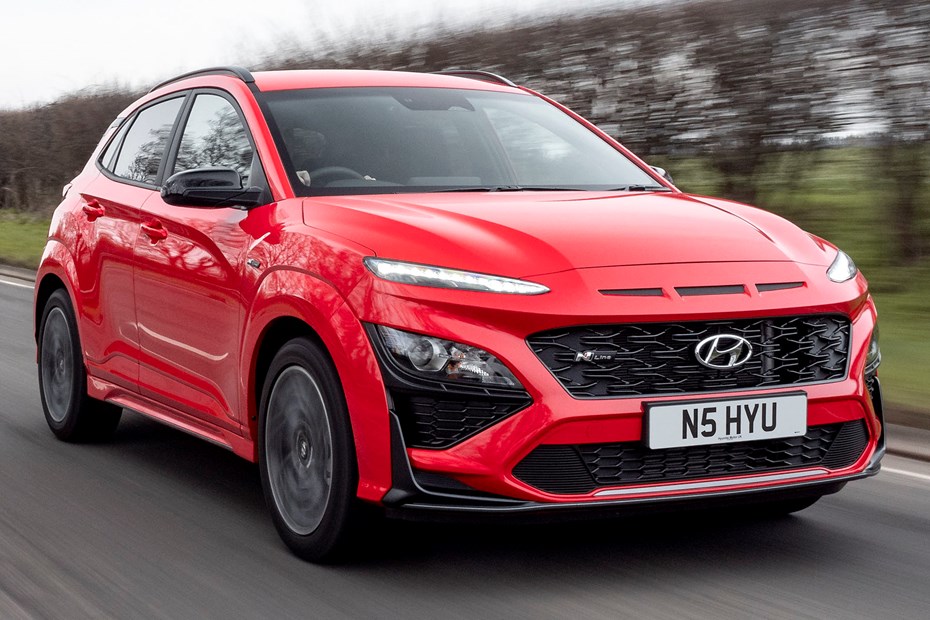
At a glance
| Price new | £18,035 - £31,435 |
|---|---|
| Used prices | £5,239 - £21,767 |
| Road tax cost | £195 |
| Insurance group | 8 - 20 |
Get an insurance quote with

|
|
| Fuel economy | 34 - 57.6 mpg |
| Range | 418 - 737 miles |
| Miles per pound | 5.0 - 8.4 |
| Number of doors | 5 |
| View full specs for a specific version | |
Available fuel types
Petrol
Diesel
Hybrid
Pros & cons
- Well equipped
- Solid interior is easy to use
- Efficient hybrid drive
- High price for sat-nav
- Love-it-or-hate-it styling
- Ford Puma a better all-rounder
Hyundai Kona SUV (17-23) rivals
Overview
When it was first launched, the Hyundai Kona was the smallest SUV in the company’s line-up. Hyundai has since revealed the Bayon, but the company reckons the Kona is a more style-conscious choice, having sprinkled it with some distinctive features to set it apart from the opposition.
There are certainly a lot of rivals for it to compete against. Chief among them are the Nissan Juke, the Renault Captur and the excellent Ford Puma, but nearly every car maker has a small SUV to rival the Kona. The Volkswagen Group offers the VW T-Cross, Skoda Kamiq and SEAT Arona, while Kia has the Stonic. Then there’s the Toyota C-HR, Citroen C3 Aircross, Vauxhall Mokka and Peugeot 2008. Phew.
Dimensionally, the Kona is relatively short when compared to its rivals, but it makes up for this by being wider than most. Add in its unique styling (updated at the end of 2020), a high-spec interior and the appeal of Hyundai’s five-year warranty, and the Kona seemingly has plenty going for it. There’s even an excellent Kona Electric model, which is capable of up to 290 miles on a full charge, while the Kona N is the performance flagship.
Hybrid technology is common across the Kona engine range. The entry level 1.0 T-GDi petrol engine has 48-volt mild-hybrid assistance, which sees the stop-start system activate more frequently than it would if the car had a conventional 12-volt battery. The Kona Hybrid goes further by backing up the 1.6-litre petrol engine with an electric motor and modest battery to boost fuel economy. The high-performance Kona N has a powerful 1.6-litre turbo, but still comes with stop-start. While older versions of the Kona could be had with four-wheel drive, the line-up went exclusively front-wheel drive with the 2020 facelift.
Engines cover most options, while Hyundai offers a decent amount of personalisation, too. The big question is whether the Kona deserves your attention if you’re in the market for a small SUV.
Over the next few pages we’ll be thoroughly reviewing all aspects of the Hyundai Kona and rating them in our verdict. Our scores will take into account the driving experience, how pleasant the interior is, the practicality on offer and what it’ll cost you to run.



.jpg)
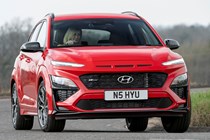
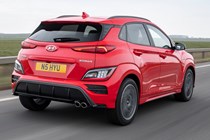
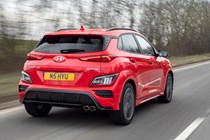
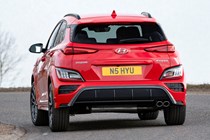

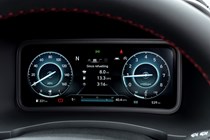
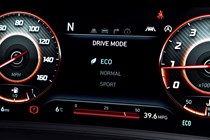
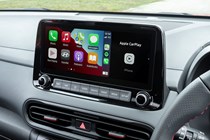
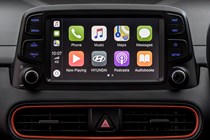

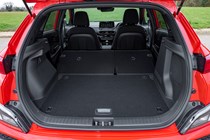
.jpg)
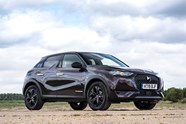
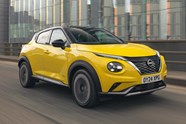
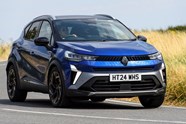

.jpg?quality=50)











.jpg?quality=50)